#Engineering History
Text
youtube
Bobby Broccoli has great in-depth work on engineering and scientific history. This video in specific is ~ 2hr 30 min, but it exists in 3 parts if you need that divided over time, rather than as say a long-form podcast documentary to listen to while working. Though the editing and graphics on this are fantastic for organizing information. Give it a view!
TLDR: Remember every single group project you did in school or even every teamwork thing from ttrpg folks you hadn't worked with before, now multiply that. Every engineering effort is the same as a group project and there is no true solo work.
#bobby broccoli#physics#engineering history#engineering#collider#hadron collider#particle physics#quarks#siege engineer#Youtube
19 notes
·
View notes
Text
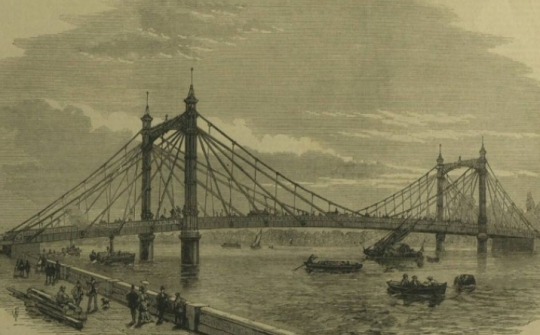
ON THIS DAY:
150 years ago (23 August 1873), the Albert Bridge, which connects Chelsea to Battersea, was opened for the first time.
Here it is depicted by the Illustrated London News, 30 August 1873.
—
Albert Bridge is a road bridge over the River Thames connecting Chelsea in Central London on the north bank to Battersea on the south.
Designed and built by Rowland Mason Ordish in 1873 as an Ordish–Lefeuvre system modified cable-stayed bridge, it proved to be structurally unsound.
Between 1884 and 1887, Sir Joseph Bazalgette incorporated some of the design elements of a suspension bridge.
In 1973, the Greater London Council added two concrete piers, which transformed the central span into a simple beam bridge.
As a result, the bridge is an unusual hybrid of three different design styles. It is an English Heritage Grade II* listed building.
#Engineering History#London History#Albert Bridge#Chelsea#Battersea#Illustrated London News#Rowland Mason Ordish#Sir Joseph Bazalgette#Greater London Council
6 notes
·
View notes
Text
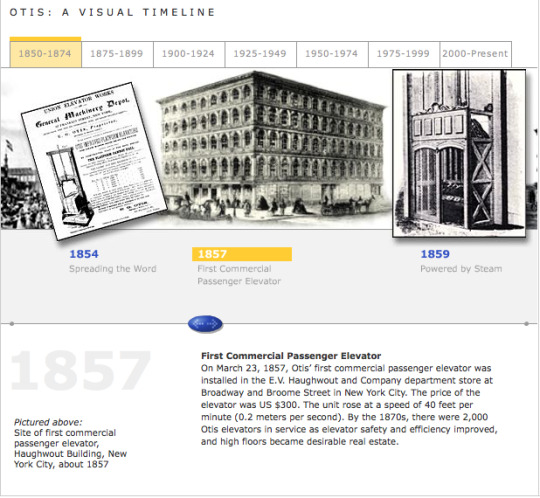
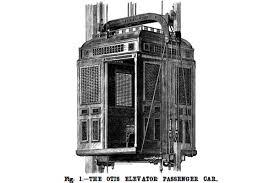
On This Day in New York City History March 23, 1857: The first commercial passenger elevator is installed by Elisha Graves Otis in the E.V. Haughwout Building. The Haughwout Building was home to a five-story department store at 488 Broadway on the corner of Broadway and Broome Street in what is today the SOHO neighborhood of NYC. The elevator came at a cost of $300 dollars which in today's dollars would cost $10,373.79.
What made Otis' elevator successful and revolutionary was the safety brake that prevented the elevator from falling. The creation of safe elevators led to building being built higher up into the sky. Life as we know it in vertical cities of today wouldn't be what they are without the Otis elevators.
#ElishaOtis #OtisElevators #HaughwoutBuilding #EngineeringHistory #ArchitecturalHistory #NewYorkHistory #NYHistory #NYCHistory #History #Historia #Histoire #Geschichte #HistorySisco
#Elisha Otis#Otis Elevators#Haughwout Building#Engineering History#Architectural History#New York History#NY History#NYC History#History#Historia#Histoire#Geschichte#HistorySisco
4 notes
·
View notes
Text
The Evolution of Structural Engineering: Past, Present, and Future
Structural engineering services have played a pivotal role in shaping our built environment throughout history. From ancient marvels to modern skyscrapers, the discipline of structural engineering has evolved significantly. In this blog post, we'll take a journey through time to explore the past, delve into the present state of structural engineering, and peek into the exciting future of this field.
The Roots of Structural Engineering
The roots of structural engineering date back to ancient civilizations. These early engineers used basic principles to construct magnificent structures like the Pyramids of Giza and the Great Wall of China. They relied on their experience, intuition, and empirical knowledge, a far cry from the advanced tools and technology available today. However, their ingenious designs still stand as testaments to their engineering prowess, showcasing the timeless principles of balance, stability, and load-bearing capacity.
The Renaissance and the Emergence of Engineering Principles
Fast forward to the Renaissance period, where structural engineering began to take a more systematic form. Visionaries like Leonardo da Vinci and Galileo Galilei laid the foundation for modern engineering principles. Concepts of equilibrium, force distribution, and material properties started to take shape. The Renaissance marked the dawn of structural analysis and design, paving the way for more sophisticated constructions.

Industrial Revolution and Technological Advancements
The Industrial Revolution brought about radical changes in the field of structural engineering. Innovations in materials such as iron and steel revolutionized construction. The development of the modern structural engineering principles, including the design of bridges, skyscrapers, and complex architectural marvels, gained prominence. The Eiffel Tower, completed in 1889, exemplified the possibilities of steel structures, standing as an iconic symbol of engineering achievement.
The Birth of Modern Structural Engineering
The 20th century witnessed a monumental shift in structural engineering services. Reinforced concrete emerged as a game-changer, allowing for taller and more flexible building designs. Engineers like Fazlur Khan revolutionized the industry with innovations in skyscraper design, setting the stage for the modern urban landscape we see today.
Today's Structural Engineering Landscape
In the present, structural engineering services have evolved to incorporate cutting-edge technology and computational tools. Structural engineers use computer-aided design (CAD) software, finite element analysis (FEA), and advanced modeling techniques to optimize structures for safety, efficiency, and sustainability. The focus has shifted toward environmentally conscious and resilient designs, addressing the challenges of climate change and urbanization.
Sustainable Engineering Practices
Sustainability is a buzzword in today's structural engineering landscape. As the world grapples with environmental concerns, structural engineers are at the forefront of sustainable design. Concepts like green building materials, energy-efficient designs, and zero-carbon initiatives are becoming integral to structural engineering services. This shift towards eco-friendly practices not only benefits the environment but also reduces operational costs for building owners.
Innovations in Structural Engineering
Innovation is a constant in the world of structural engineering. The integration of artificial intelligence and machine learning is reshaping the way engineers analyze and predict structural behavior. These technologies allow for real-time monitoring, predictive maintenance, and adaptive structures that respond to changing conditions, ensuring enhanced safety and efficiency.
Future Trends and Challenges
The future of structural engineering services promises to be exhilarating. As cities continue to grow and face new challenges, engineers are tasked with developing innovative solutions. Modular construction, 3D printing of structures, and the incorporation of sustainable materials are some of the trends that will shape the future. Additionally, the incorporation of smart and self-healing materials will revolutionize how structures respond to stress and wear, increasing longevity and reducing maintenance costs.
Conclusion - The Ongoing Evolution
In conclusion, the evolution of structural engineering services is a testament to human ingenuity and our quest to build a better future. From the rudimentary techniques of ancient civilizations to the high-tech solutions of today, this field has continuously pushed the boundaries of what's possible. With sustainability and innovation as its driving forces, structural engineering is poised to play a pivotal role in shaping the world we live in, for many more generations to come.
As we look to the future, it's evident that structural engineering services will continue to evolve, adapting to new challenges and opportunities. With a focus on sustainable practices and cutting-edge technology, this discipline is bound to leave an indelible mark on the built environment, making it safer, more efficient, and more environmentally friendly.
The next time you marvel at a towering skyscraper, a gracefully arched bridge, or a sustainable green building, take a moment to appreciate the incredible journey of structural engineering, from its humble origins to the exciting future that lies ahead. It's a testament to human innovation and our unwavering commitment to building a better world.
0 notes
Text
A History of Machine Tools :: Ian Bradley

View On WordPress
#0-8524-2102-8#books by ian bradley#british engineering#british engineers#british tools#centre lathes#cold sawing#engineering history#english tools#first edition books#historic machine tools#historical machine tools#history machine tools#lathe tools#machine tools#metal forging#milling machines#woodworking machinery
0 notes
Text
Black Scientists and Engineers Past and Present Enable NASA Space Telescope
The Nancy Grace Roman Space Telescope is NASA’s next flagship astrophysics mission, set to launch by May 2027. We’re currently integrating parts of the spacecraft in the NASA Goddard Space Flight Center clean room.
Once Roman launches, it will allow astronomers to observe the universe like never before. In celebration of Black History Month, let’s get to know some Black scientists and engineers, past and present, whose contributions will allow Roman to make history.
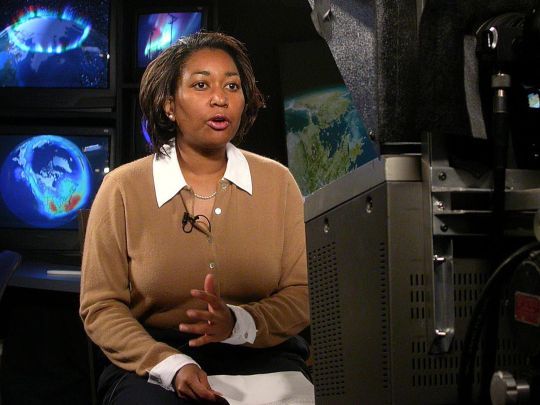
Dr. Beth Brown
The late Dr. Beth Brown worked at NASA Goddard as an astrophysicist. in 1998, Dr. Brown became the first Black American woman to earn a Ph.D. in astronomy at the University of Michigan. While at Goddard, Dr. Brown used data from two NASA X-ray missions – ROSAT (the ROentgen SATellite) and the Chandra X-ray Observatory – to study elliptical galaxies that she believed contained supermassive black holes.
With Roman’s wide field of view and fast survey speeds, astronomers will be able to expand the search for black holes that wander the galaxy without anything nearby to clue us into their presence.
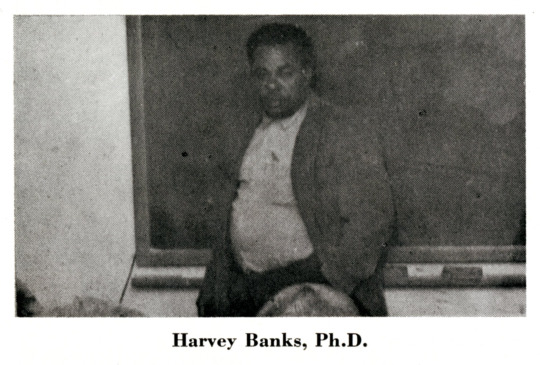
Dr. Harvey Washington Banks
In 1961, Dr. Harvey Washington Banks was the first Black American to graduate with a doctorate in astronomy. His research was on spectroscopy, the study of how light and matter interact, and his research helped advance our knowledge of the field. Roman will use spectroscopy to explore how dark energy is speeding up the universe's expansion.

NOTE - Sensitive technical details have been digitally obscured in this photograph.
Sheri Thorn
Aerospace engineer Sheri Thorn is ensuring Roman’s primary mirror will be protected from the Sun so we can capture the best images of deep space. Thorn works on the Deployable Aperture Cover, a large, soft shade known as a space blanket. It will be mounted to the top of the telescope in the stowed position and then deployed after launch. Thorn helped in the design phase and is now working on building the flight hardware before it goes to environmental testing and is integrated to the spacecraft.

Sanetra Bailey
Roman will be orbiting a million miles away at the second Lagrange point, or L2. Staying updated on the telescope's status and health will be an integral part of keeping the mission running. Electronics engineer Sanetra Bailey is the person who is making sure that will happen. Bailey works on circuits that will act like the brains of the spacecraft, telling it how and where to move and relaying information about its status back down to Earth.
Learn more about Sanetra Bailey and her journey to NASA.
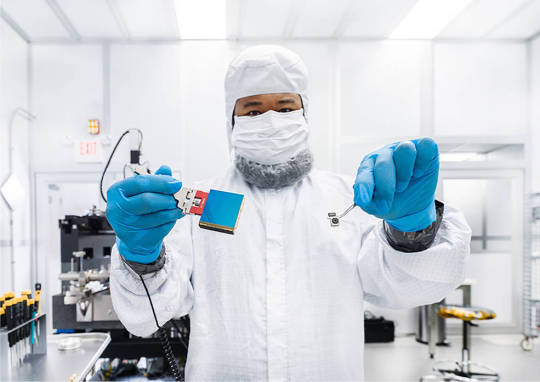
Dr. Gregory Mosby
Roman’s field of view will be at least 100 times larger than the Hubble Space Telescope's, even though the primary mirrors are the same size. What gives Roman the larger field of view are its 18 detectors. Dr. Gregory Mosby is one of the detector scientists on the Roman mission who helped select the flight detectors that will be our “eyes” to the universe.
Dr. Beth Brown, Dr. Harvey Washington Banks, Sheri Thorn, Sanetra Bailey, and Dr. Greg Mosby are just some of the many Black scientists and engineers in astrophysics who have and continue to pave the way for others in the field. The Roman Space Telescope team promises to continue to highlight those who came before us and those who are here now to truly appreciate the amazing science to come.

To stay up to date on the mission, check out our website and follow Roman on X and Facebook.
Make sure to follow us on Tumblr for your regular dose of space!
#NASA#astronomy#telescope#Roman Space Telescope#galaxies#black holes#space tech#astrophysics#spectroscopy#STEM#engineering#Black History Month#BlackExcellence365#science#tech#technology
2K notes
·
View notes
Text
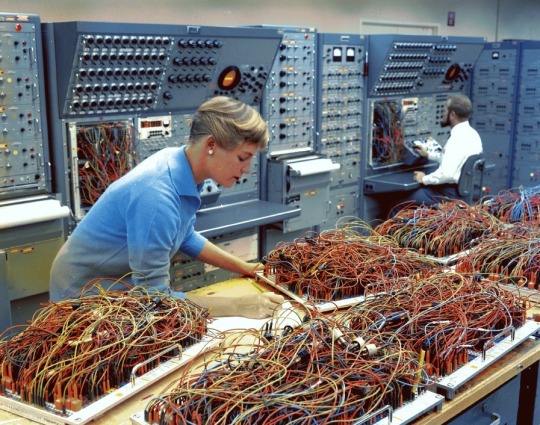
Engineer Karen Leadlay in a General Dynamics computer lab, 1964.
2K notes
·
View notes
Text
Please Bring Kaiser Home.
I have been having complications with managing my diabetes that have led me to be hospitalized twice. I live alone. Kaiser is a precious pup that specializes in detecting when blood sugar is too high or too low before it leads to complications. Something I have been struggling with. Kaiser would not only improve my quality of life but also be my companion and friend
I’m asking for community support get a Medical Alert Dog. It is a huge ask but any support is appreciated 💗
CA: $HushEmu

#gofundme#politics#donald trump#us politics#taylor swift#diabetes#black history month#donations#charity#fundraising#dogs of tumblr#artists on tumblr#the tortured poets department#miley cyrus#poetry#stranger things#writing#lgbtq#code#engineering
1K notes
·
View notes
Text
Remembering Rivers Past

Our landscapes have changed dramatically over the last 200 years of urban development, but traces of the land's past still remain. Many streams and rivers that once ran on the surface persist in underground culverts. Bruce Willen's "Ghost Rivers" installation highlights the path of one such waterway. (Image credits: Public Mechanics and F. Hamilton, see alt text; installation: B. Willen; via Colossal)
Read the full article
504 notes
·
View notes
Photo

Construction of the Dirigible lz 127 'Graf Zeppelin', Zeppelin Works, Friedrichshafen, Germany, 1928. E.O. Hoppé. Gelatin silver.
#Aviation#zeppelins#Black and White#photography#photographie#foto#history#histoire#historia#fotografia#fotografie#steel#engineering
1K notes
·
View notes
Text










Drying hair as a sign of affection and caring (Part 3/?)
My Beautiful Man 2
Egoist
My Engineer
Tokyo In April Is...
Don't Say No
Minato Shouji Coin Laundry 2
Unintentional Lovestory
History 5
My Personal Weatherman
Sky In Your Heart
My favorite bl-tropes-collection.
#my beautiful man 2#egoist#my engineer#tokyo in april is...#don't say no#minato shouji coin laundry 2#unintentional love story#history 5#my personal weatherman#sky in your heart#hair drying#bl tropes#multi bl#multibl.edit#tvtropesedit#bl drama#bl series#myedit#lgbtq+#hairdryingsofties
205 notes
·
View notes
Text
baby goldenheart is so funny bc you’ve got the two most socially stunted children in the realm trying to navigate friendship at military boarding school. Ambrosius My Parents Probably Socially Isolated Me Due To My Bloodline Goldenloin and ballister who’s spent a majority of his youth fighting for his life in the streets im crying. can you imagine how hilarious it must have been when they tried courting each other. ambrosius producing like golden fucking eggs and the works trying to subtly ask out ballister and ballister’s just like “well idk what to do with this. what are you talking about. thank you though”. i’d like to think that’s where ambrosius being so hung up over love languages stems from bc dude spent forever and a half trying to figure how to woo bal
#ambrosius’ most successful gift ends up being like an engineering manual#bal just digs practical stuff.#the rest is history#sorry I still can’t stfu about them#goldenheart#nimona#'biro speaks
458 notes
·
View notes
Photo

On This Day in History May 31, 1859: The bell that was installed into the clock atop the 320-foot tall Elizabeth Tower known as "Big Ben" rings out for the first time. Why is it called Big Ben?
According to History.com:
"The name “Big Ben” originally just applied to the bell but later came to refer to the clock itself. Two main stories exist about how Big Ben got its name. Many claim it was named after the famously long-winded Sir Benjamin Hall, the London commissioner of works at the time it was built. Another famous story argues that the bell was named for the popular heavyweight boxer Benjamin Caunt, because it was the largest of its kind."
Big Ben has withstood the elements and incendiary bombs during World War II to become on of the icons of the landscape of London.
#BigBen #HousesofParliament #BritishHistory #LondonHistory #ArchitecturalHistory #EngineeringHistory #History #Historia #Histoire #Geschichte #HistorySisco
https://www.instagram.com/p/CeOr3WUOhJm/?igshid=NGJjMDIxMWI=
#Big Ben#Houses of Parliament#British History#London History#Architectural History#Engineering History#History#Historia#Histoire#Geschichte#HistorySisco
4 notes
·
View notes
Text

A British soldier from the Royal Engineers in a crudely fashioned sniper’s mask and wearing non-regulation shoulder titles takes part in a training exercise in preparation for a potential invasion by German Forces (Operation Sea lion) - England 1940
#world war two#ww2#worldwar2photos#history#1940s#ww2 history#wwii#world war 2#ww2history#wwii era#operation sealion#home guard#home front#dads army#1940#sealion#royal engineers
115 notes
·
View notes
Text
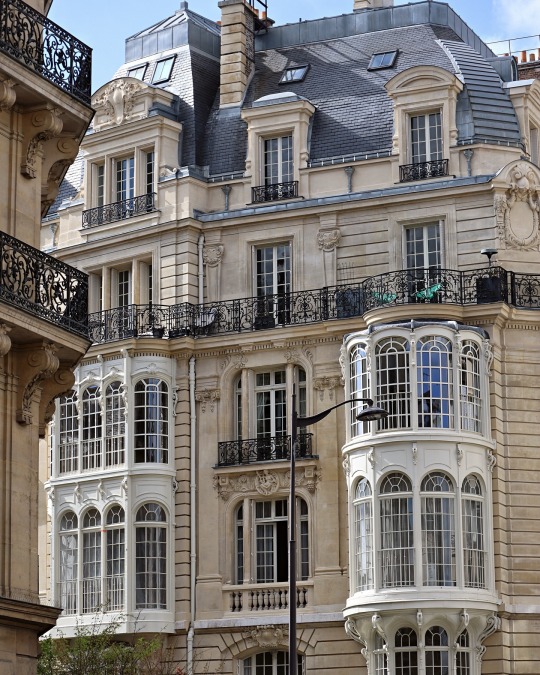
paris, france ⋅ ph. patrimoinefrancilien
#patrimoinefrancilien#paris#france#europe#architecture#architect#city#cityscape#history#beauty#inspo#inspire#inspiration#travel#view#vista#photo#photograph#photography#photographer#exterior#engineer#insta#instagram#twitter#tumblr#pinterest#blog#discover#create
92 notes
·
View notes
Text

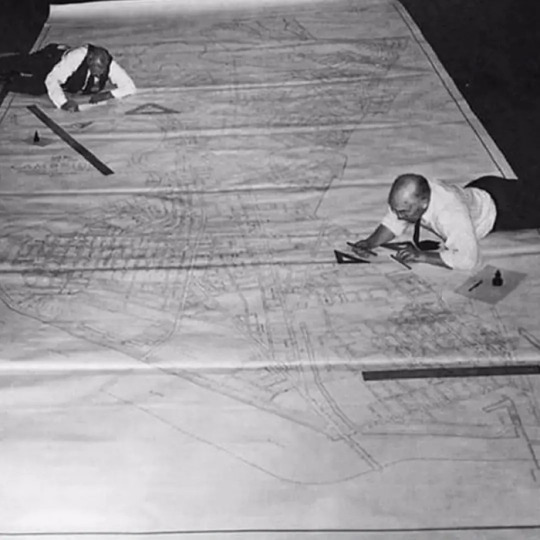
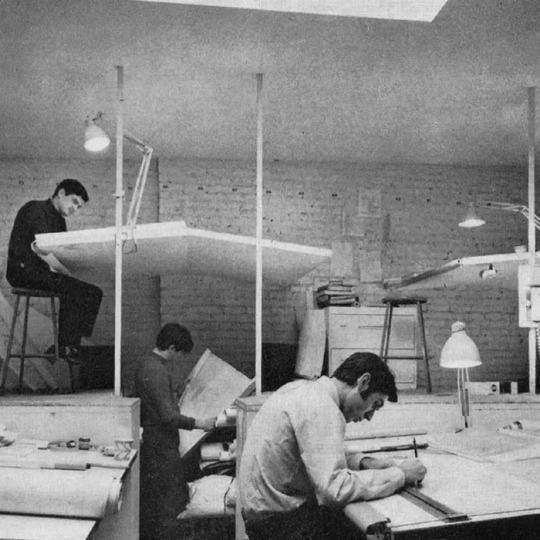

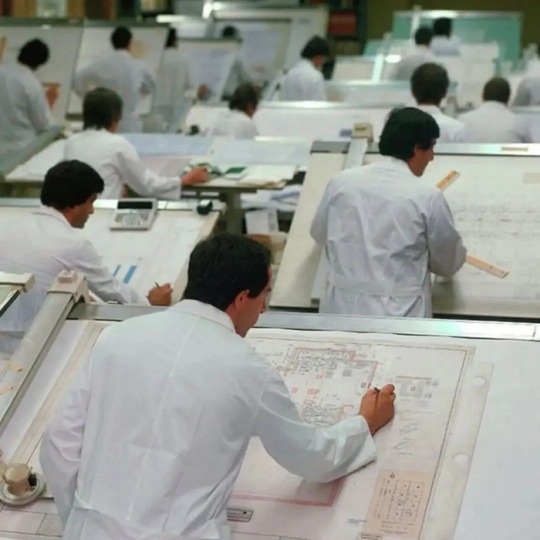
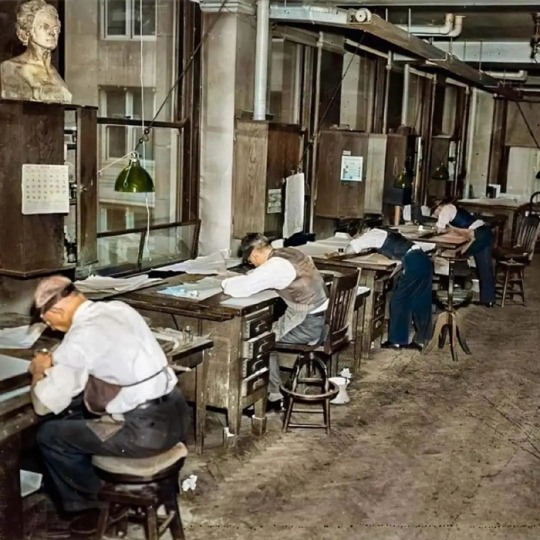
Life before AutoCAD (source)
189 notes
·
View notes